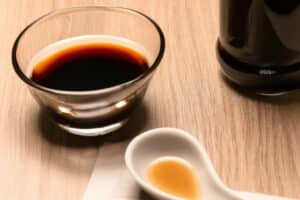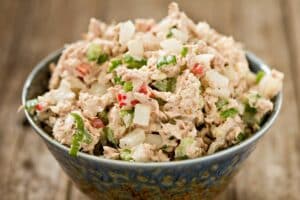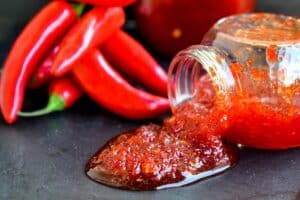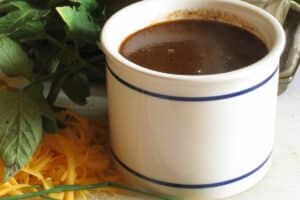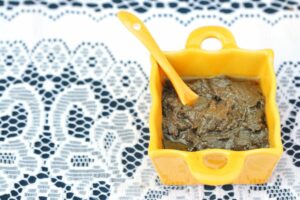Many Middle Eastern and Mediterranean meals include bulgur, a staple that originates in the Mediterranean. It’s an edible cereal grain made from dried and cracked durum wheat. Since it’s sold partially cooked or parboiled, it can be prepared in no time.
It’s frequently used in salads like tabbouleh or kisir or as a base for breakfast porridge, stews, soups, and chili. You can also make pilaf with it.
Bulgur is pretty easy to find in any major grocery store. Still, if you need an alternative, we’ve got you covered with the best bulgur substitutes: barley, quinoa, buckwheat, rice, farro, couscous, millet, and wild rice.
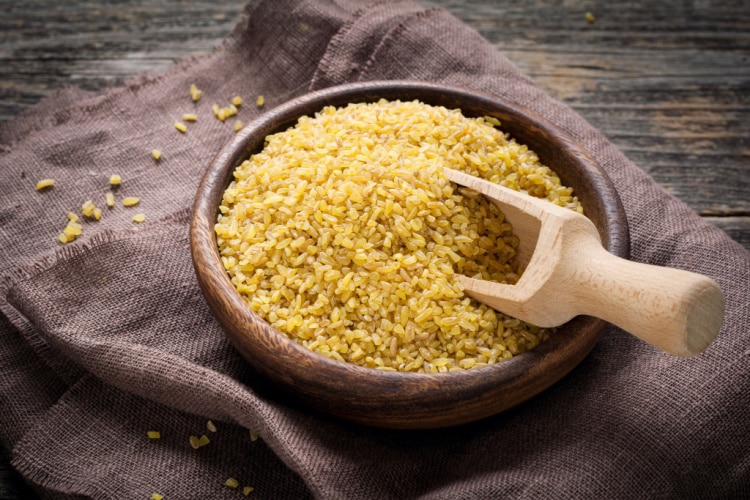
Bulgur Wheat Substitutes to Try
1. Barley

Barley is one of the most widely eaten grains in the world, commonly used in fried meals, casseroles, soups, and stews.
Barley requires more time to cook than bulgur — pearl barley takes 25–30 minutes, whereas cooking hulled barley can take up to 1 hour.
Expect your meal to have a slightly different taste and texture with this alternative. Barley is chewier than bulgur and has a somewhat nutty flavor.
2. Quinoa

Quinoa is a kind of pseudo-cereal that is very popular in South America. There are red and white quinoa varieties.White quinoa is fluffy, delicate, and mild in flavor.
Red quinoa is chewy, nutty, and more powerful in flavor. Both are adaptable and can be used in many sweet and savory dishes. You can use quinoa in soups, salads, and stews instead of bulgur.
Quinoa is gluten-free, unlike bulgur, and can be eaten by those with gluten sensitivity.
3. Buckwheat

Buckwheat, an ancient cereal grain, was first farmed in Southeast Asia and eventually spread to Europe and North America. Buckwheat grains have a nutty and somewhat bitter taste. The grain has a chewy texture and can easily be added to a number of dishes without becoming mushy when cooked.
It adds a chewy texture and a hint of nuttiness to veggie burgers and stews, and goes nicely with salads. It can be paired with risotto, beef stew, and curry. You can also eat buckwheat cereal with yogurt.
4. Rice

Everybody is familiar with rice — the starchy cereal grain celebrated throughout Asia, the Middle East, and a staple in many other cuisines. Rice has a gentler texture and a milder aroma than bulgur and is available in two main types — white and brown.
White and brown rice can be cooked by boiling, stirring, deep-frying, and grilling. You can use either type for soups, side dishes, and to make pilaf.
Brown rice has a chewier texture and a nutty flavor, while white rice has a milder flavor and a more delicate and soft feel. It also has more nutritional fiber than white rice and takes longer to cook — it’s the healthier option between the two.
5. Farro
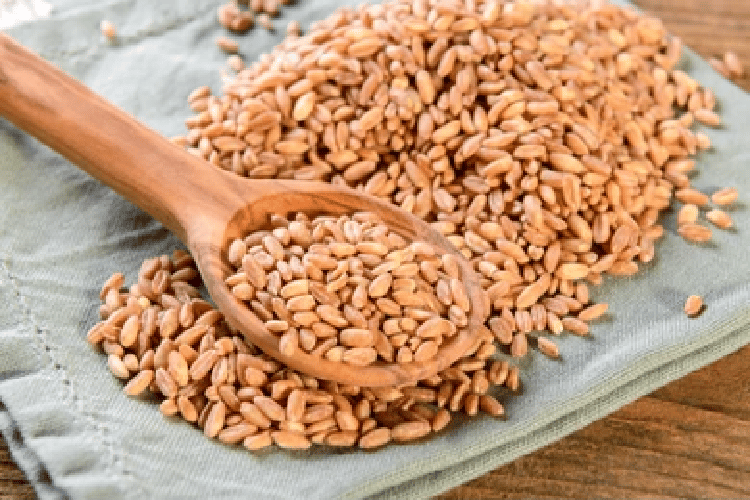
The Mediterranean diet, frequently recognized as the healthiest eating style in the world, includes farro as a staple food.
The chewy texture and nutty flavor of farro make it a versatile and adaptable ingredient that complements many dishes — risotto, stews, tomato soups, salads, you name it. Farro must be cooked for roughly 30 minutes. Most chefs recommend soaking it overnight to save cooking time.
6. Couscous
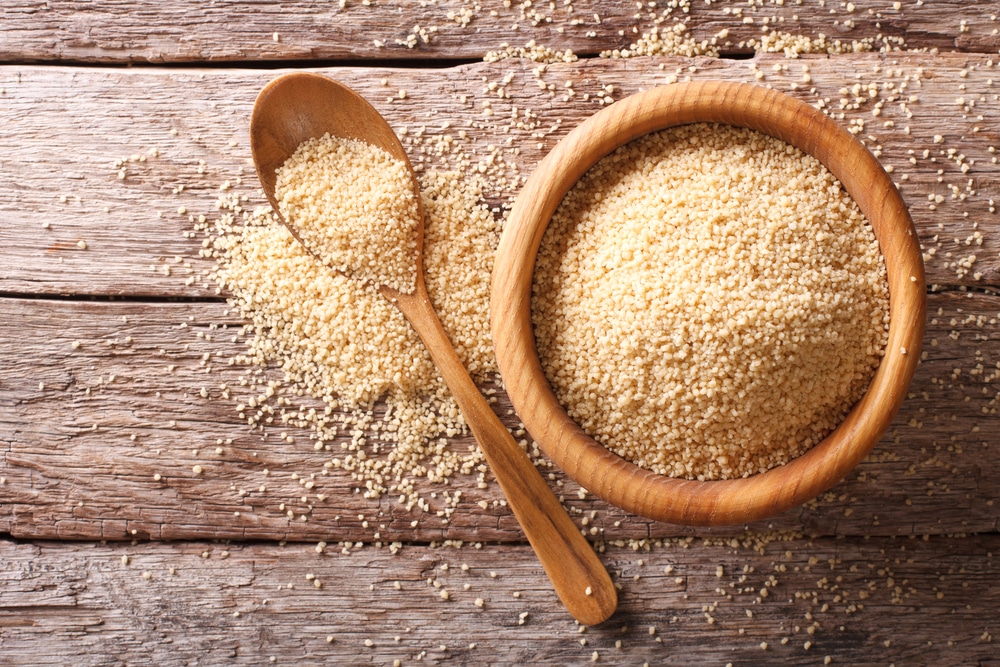
Couscous is made from durum wheat — it’s broken down and turned into tiny granules. It’s a popular ingredient in Moroccan, Algerian, and Tunisian cuisines.
Unlike bulgur, couscous isn’t a grain. It’s usually made from crushed durum wheat semolina. Its subtle flavor will complement the dishes you pair it with without overpowering them. That’s why it’s often served as a side dish with stews, roasted vegetables, or fish, like sea bass.
You can cook the wheat couscous by boiling it in water for five minutes. Or you can cook it the traditional way — put the couscous on top of a pot of boiling vegetable or meat soup and let it soak in all the rich flavors.
7. Millet

Most Americans probably associate millet with bird seed. But millet is a staple food for almost one-third of the world — Africa, Asia, and Eastern Europe. It’s an ancient grain with over 6,000 different types present worldwide.
This grain resembles a kernel of corn and has a mild taste with hints of sweetness. Its texture is fluffier than couscous and harder than quinoa.
Millet is a versatile ingredient that is easy to include in many dishes because it does not alter a dish’s flavor profile. It can be used to make creamy soups, mashed potatoes, rice, or chicken marsala.
8. Wild Rice
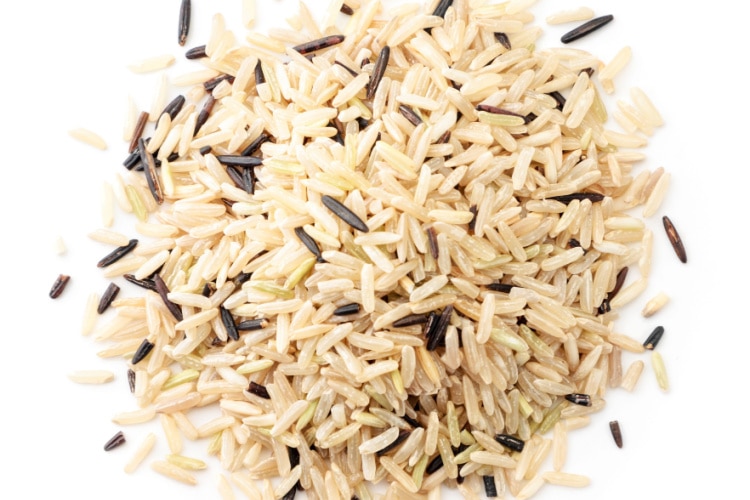
Wild rice, also known as water oats, is a distant cousin of regular rice. It tastes similar to conventional white rice.
Thanks to its health benefits, such as heart protection and diabetes control, this low-carb grain has become a popular staple for health-conscious eaters. Wild rice tastes similar to regular rice, but it’s somewhat smoky and grassy. It has a chewy outer shell-like brown rice.
Cooked wild rice has around 30% fewer calories and 40% more protein than brown rice, so it’s the healthiest type of rice.
What to Serve With Bulgur Substitutes
Bulgur substitutes go well with soups, stews, salads, seafood, and meat. Here are some of the best foods to serve with bulgur.
Seafood
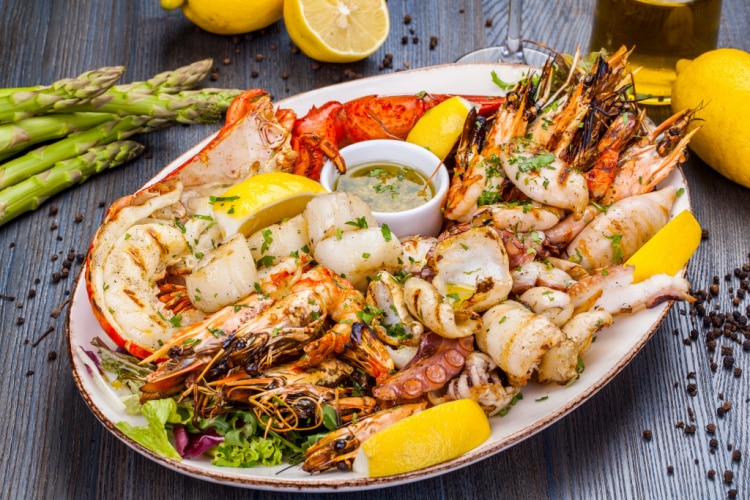
We have wonderful news for you if you enjoy seafood. Fish is renowned for its benefits to cognition and contains nutrients that promote collagen production. Salmon, trout, shellfish, and sardines are just a few of the seafood that has nearly no carbs and pair beautifully with rice.
Broccoli

Broccoli is the best food for a balanced, low-carb, nutrient-rich diet. You might have hated broccoli as a kid, but it’s time to embrace this healthy veggie. You can pair it with couscous, barley, or millet and make a salad, soup, or stew rich in flavor, vitamins, and minerals.
Kale
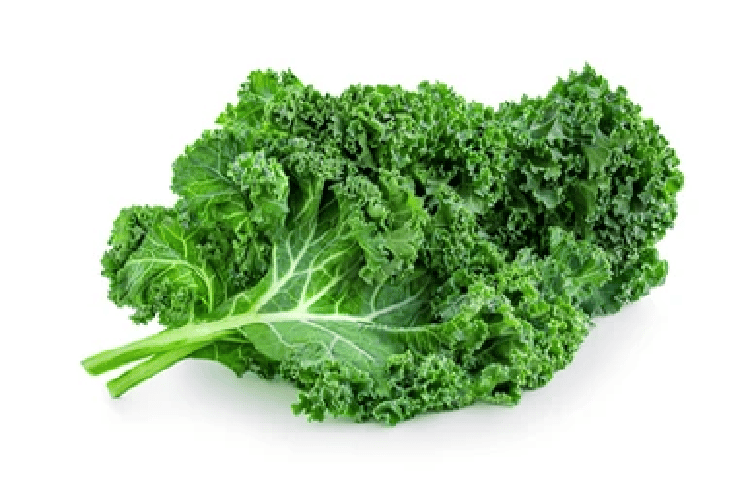
When it comes to health benefits, kale is a super veggie. The deep green, flappy leaves of this vegetable are well-liked by health-conscious people. It’s packed with vitamins, antioxidants, and fiber.
You can easily make a fantastic salad with quinoa and kale. Combine dice kale and tomatoes with boiled quinoa, and add a dash of apple cider vinegar.
Bell Peppers
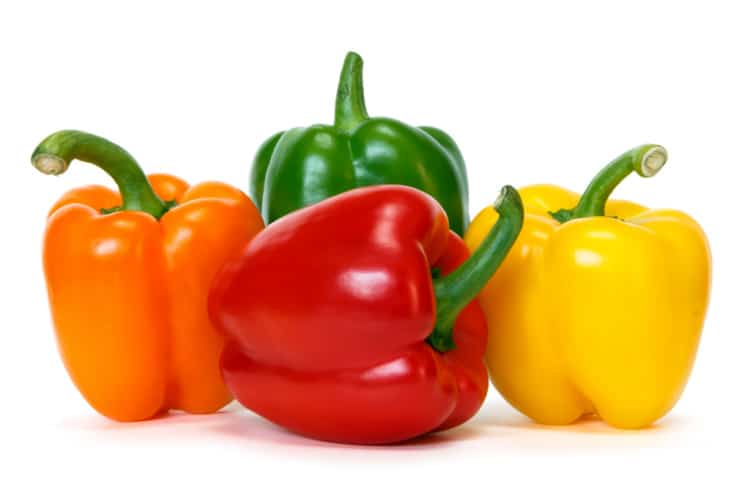
Bell peppers are added to bulgur to give it a better flavor, vibrant colors, and various health benefits. Bell peppers should be a staple in your diet since they are rich in fiber, antioxidants, and vitamin C.
They can be eaten with meat or fish, roasted, stir-fried with other vegetables, or used in soups. You can add them to rice to make your side dish more flavorful.
Conclusion
We hope you’ll like our choice of bulgur substitutes. They’re all high-quality, nutrient-dense, and delectable alternatives.
Each one is super simple to cook and can replace bulgur in absolutely any type of bulgur recipe. You can combine them with the superfoods we listed to make healthy and nutritious meals.

